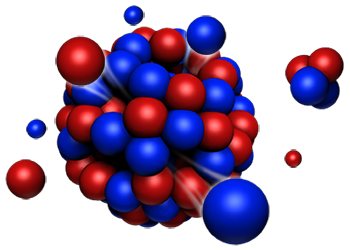Speaker
Description
SEEMS is a proposed third target station using the Spallation Neutron Source (SNS) accelerator of Oak Ridge National Laboratory (ORNL) to serve two separate user communities. The first is that of electronics researchers and industrial users investigating single event effects (SEE), who are demanding greater test capacity and capabilities for simulating atmospheric high-energy neutron radiation originating from cosmic and solar rays. Technology trends and increasing use of digital electronics in critical systems increase potential for unexpected and possibly hazardous behavior of important systems. In the case of the aircraft industry, the regulatory landscape is evolving to require assurance that critical systems meet appropriate criteria for reliable operation. Existing facilities in the U.S. are at capacity and lack desired features, including large neutron beams to test complete systems and on-demand thermal neutrons, in addition to high-intensity beams for device irradiation. SEEMS will be fully featured for SEE users and offer more than 9,000 hours of annual test time for decades to come.
The technology used for the SEEMS target station is a low-power spallation neutron source using a helium-cooled tungsten target. A small fraction of the primary accelerator beam is diverted by laser stripping to SEEMS before the SNS accumulator ring injection point. The ideal high-energy neutron spectrum is obtained at +/- 30° off the proton forward direction. It happens that this is highly compatible with a co-located muon source for μSR science, that takes beams at +/- 90° from the target. The stripping laser can be operated with very short pulses (< 50 ns) at a repetition rate that will produce muon beams allowing exceptionally high resolution for muon spectroscopy. This second user community focuses on basic science research in condensed matter physics, radical chemistry, battery materials and beyond, which are extremely complementary with the existing neutron scattering research conducted at the SNS.

